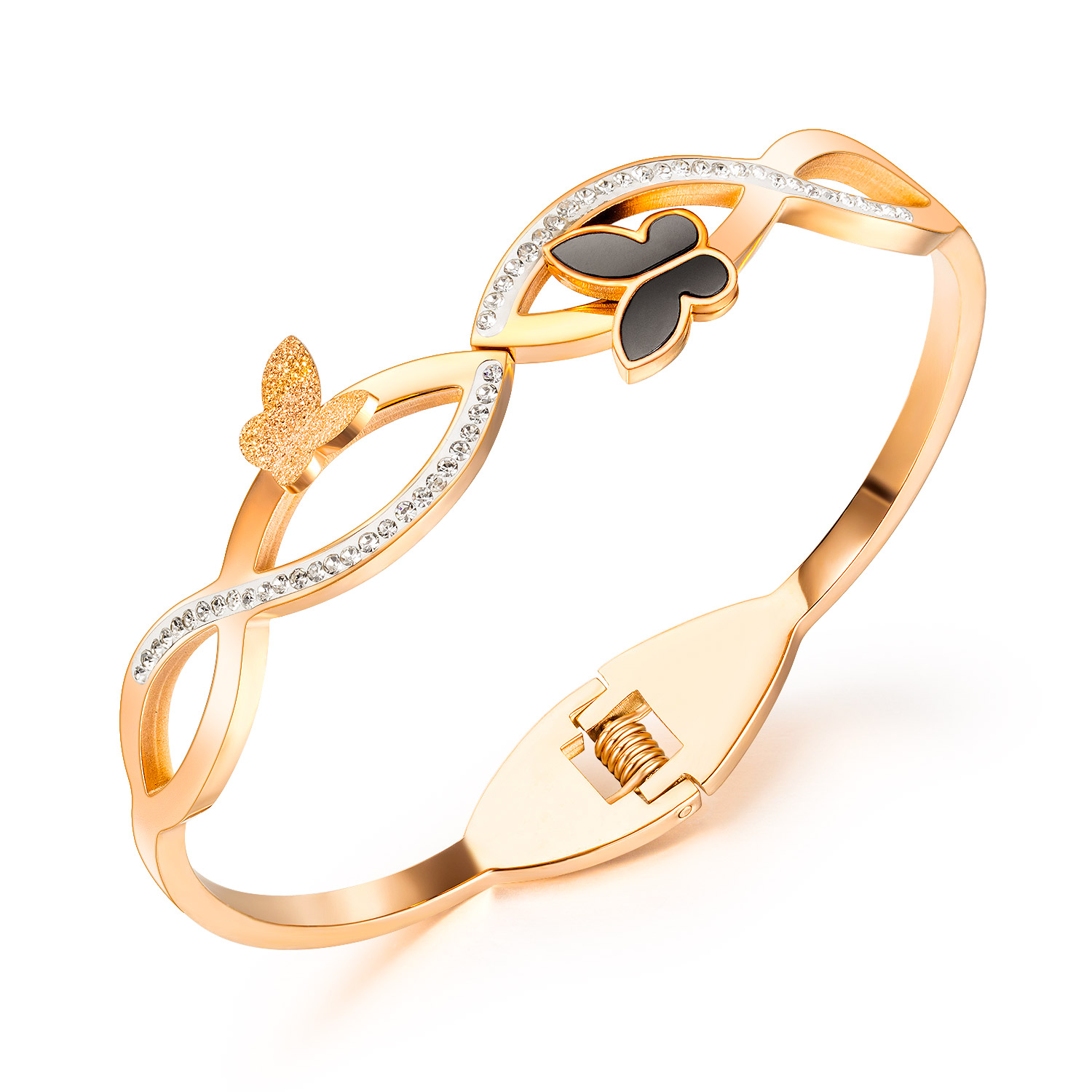I believe everyone has heard of the word "Moissanite" "indistinctly", right? Now moissanite has begun to appear frequently in everyone's life.
So the question is, what exactly is moissanite?
In fact, as far as "Moissanite" itself is concerned, it belongs to the category of natural gemstones. In 1893, Dr. Henry Moissan discovered some fragments of silicon carbide in a meteor crater in Arizona, so according to international practice, in 1905, this new type of mineral was named moissanite after the discoverer.
Later, C3 Company in North Carolina, USA cultivated and developed these silicon carbide fragments in the laboratory, and finally obtained moissanite with extremely high purity, which was gradually called moissanite in the process of introducing it to the international market Sang drill.
Moissanite has a hardness of 9.25. Although it is inferior to diamond in hardness, it is better in fire - Moissanite has more than 2.5 times the fire of diamond!
Natural moissanite diamonds are very rare and only appear in extreme environments - such as meteorites, mantle rocks, etc. For this reason, moissanite diamonds that can be seen on the market are basically synthetic silicon carbide.
Like diamonds, Moissanite will never change color or fade, and its super high brilliance can make it always dazzling and dazzling. Coupled with high hardness, not to mention so many advantages, its price is only about one tenth of that of diamonds. Isn't this an "affordable replacement" for diamonds? It is no wonder that the purchasing agents all said that Moissanite diamonds are "too expensive".
So the question comes again, is moissanite worth buying?
Natural Moissanite diamonds are gems and do have value. Most of the moissanite diamonds on the market are synthetic. If you want to buy them for collection, Xiaonan still recommends that you choose high-quality natural gemstones, and don’t blindly follow the trend; however, if it is just for daily wear or if you like it, the moissanite diamonds have high fire and sparkle. High hardness, it is indeed a cost-effective choice.
but! Everyone needs to pay more attention to the identification when buying Moissanite diamonds. Now I will teach you to share the identification of Moissanite diamonds and diamonds:
1. Specific gravity: Moissanite is lighter than diamond, that is, their specific gravity is different. The specific gravity of diamond is 3.52, while the specific gravity of Moissanite is only 3.22. For unmounted materials, it is easy to distinguish the two with methyl iodide specific gravity (specific gravity 3.32).
2. Hardness: The hardness of moissanite is lower than that of diamond. Therefore, scratching the surface of moissanite with a diamond hardness tester will leave scratches, but will not leave scratches on the surface of diamonds.
3. Conductivity: According to the GIA report, 80% of moissanite diamonds are electrical conductors (only blue and blue-gray type IIb diamonds are electrically conductive among natural diamonds). Common white/light yellow diamonds are non-conductive, so a conductivity meter or Moissanometer can be used to identify diamonds and Moissanite.
4. Refractive index: The refractive index of Moissanite is different from that of diamonds, and the reflective characteristics of Moissanite are also different from those of diamonds. Experienced diamond appraisers can distinguish the two; in addition, Moissanite has birefringence, so careful observation It is not difficult to see the ghosting of the moissanite ridgeline and culet. At this time, the ghosting will still appear when the viewing angle is changed.
5. Biaxial optical characteristics: Due to the biaxial optical characteristics of moissanite, the observation of its ghosting characteristics depends on the angle of observation. When the main facet of the table is observed, the ghosting is more obvious, although the table is vertical to the moissanite crystal. When the c-axis is used, the ghosting effect will be reduced, and the reflection ghost of the table and crown facets can still be seen by focusing on the culet, which is completely different from the crown reflection of a single-refractive diamond.
6. Polished pattern: Moissanite's waist polished pattern is parallel to each other, which is completely different from diamond. Moreover, due to the difference in different directions, the polishing direction should be continuously adjusted during the diamond polishing process, while the moissanite can be polished in the same direction. This is especially evident between adjacent facets.
7. Cut: Most of the cut Moissanite diamonds have rounded and blunt ridges, which is completely different from diamonds with sharp ridges.
8. Inclusions: The inclusions of diamonds are different from those of Moissanite diamonds. All of the Moissanite diamonds identified have inclusions that are arranged in parallel needles. Thin parallel lines of reflection can be seen in some moissanite diamonds.
Moissanite diamonds are so similar in appearance to diamonds that they are difficult to distinguish with a drill pen, let alone with the naked eye. But there is the easiest way: use a flash to illuminate the diamond and Moissanite in a darker place, and you can see a more obvious fire contrast.

 Why you should choose stainless steel Jewelry
Why you should choose stainless steel Jewelry